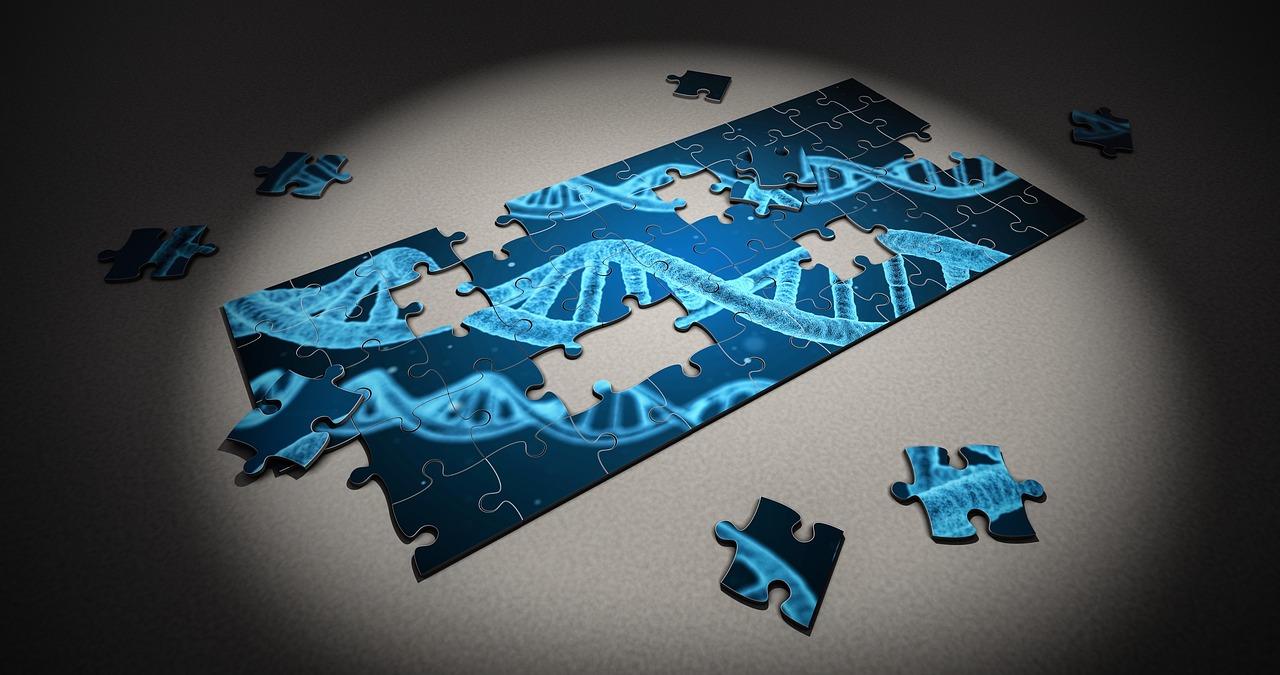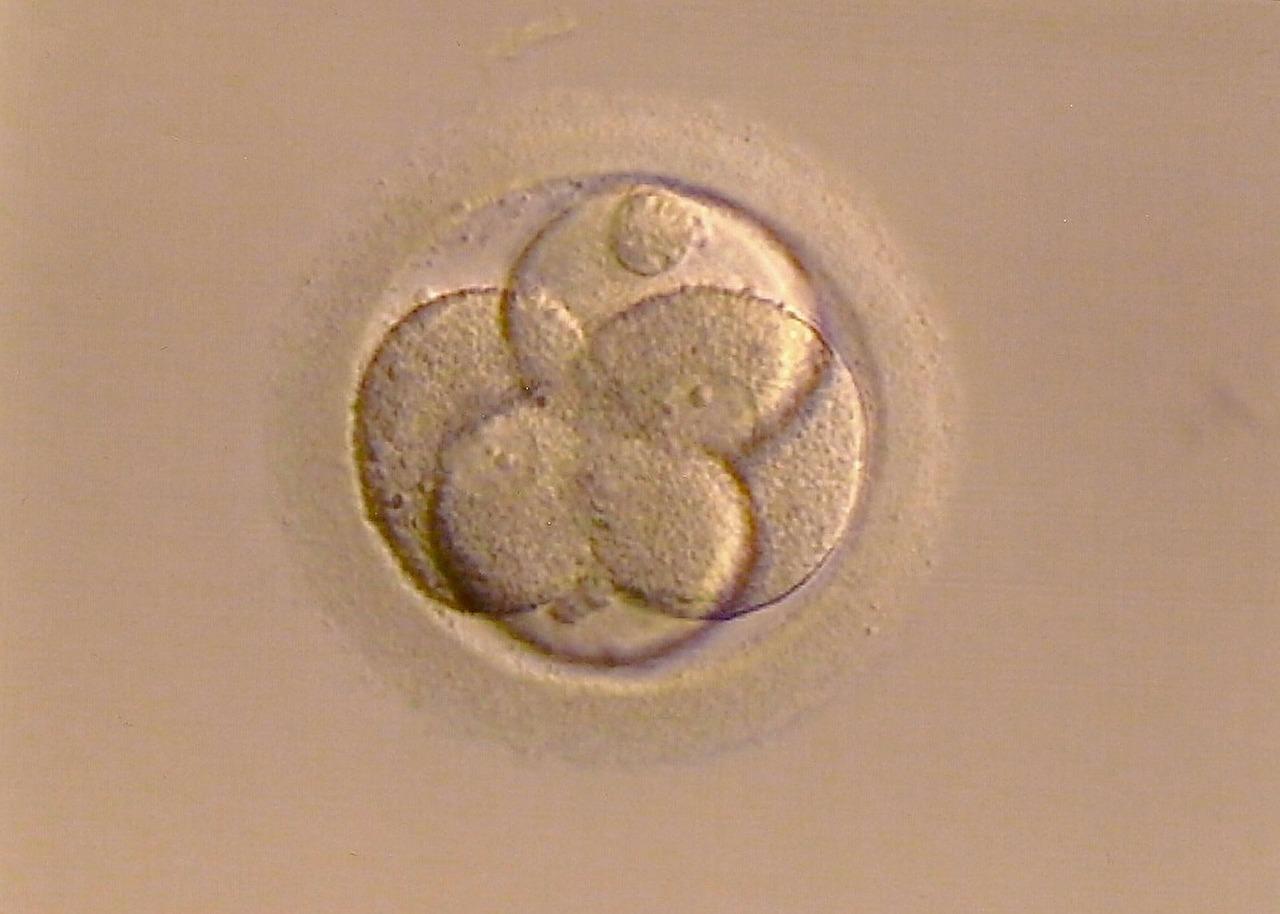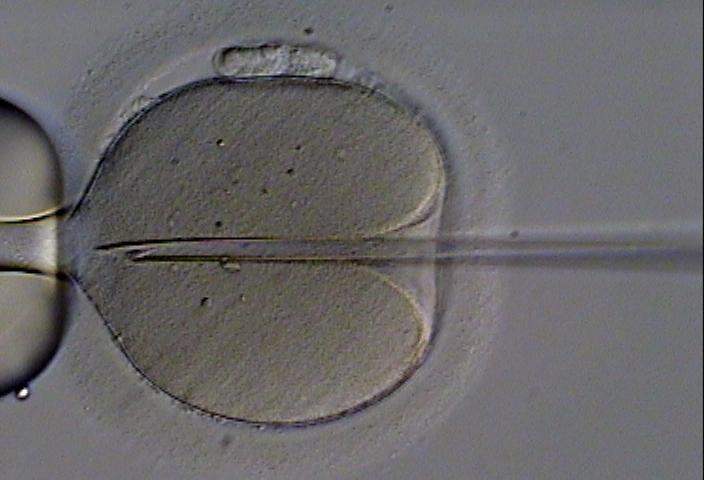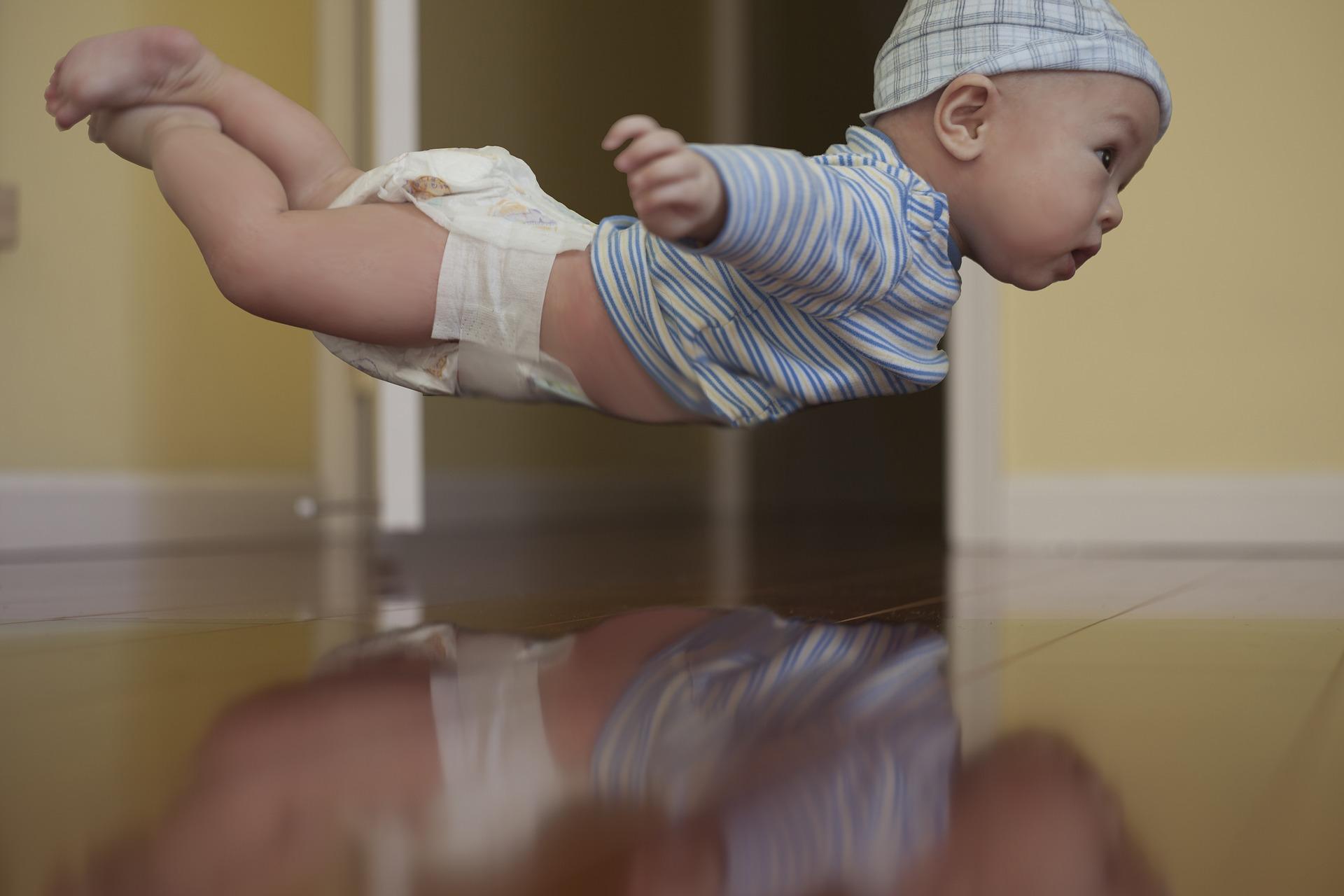
By Pam Belluck, New York Times [cites Marcy Darnovsky] | 08.04.2017
Now that science is a big step closer to being able to fiddle with the genes of a human embryo...

By Ariana Eunjung Cha, Washington Post [cites Marcy Darnovsky] | 08.02.2017
Scientists have successfully edited the DNA of human embryos to erase a heritable heart condition that is known for causing sudden death...

By Rob Stein, NPR [cites Marcy Darnovsky] | 08.02.2017
Scientists have been tinkering with the DNA in humans and other living things for decades. But one thing has long...

By Dan Vergano and Tom Chivers, BuzzFeed [cites Marcy Darnovsky] | 08.02.2017
Researchers have erased a genetic glitch that causes heart defects in dozens of human embryos with surprising success, fixing the...

By Rowan Jacobsen, Mother Jones [cites Marcy Darnovsky] | 08.01.2017
Last week, US scientists edited a human embryo for the first time. That’s just the beginning.
The first step is...

By The Inquiry, BBC [features Marcy Darnovsky] | 07.16.2017
"This structure has novel features, which are of considerable biological interest." It was perhaps the greatest understatement of all time...



